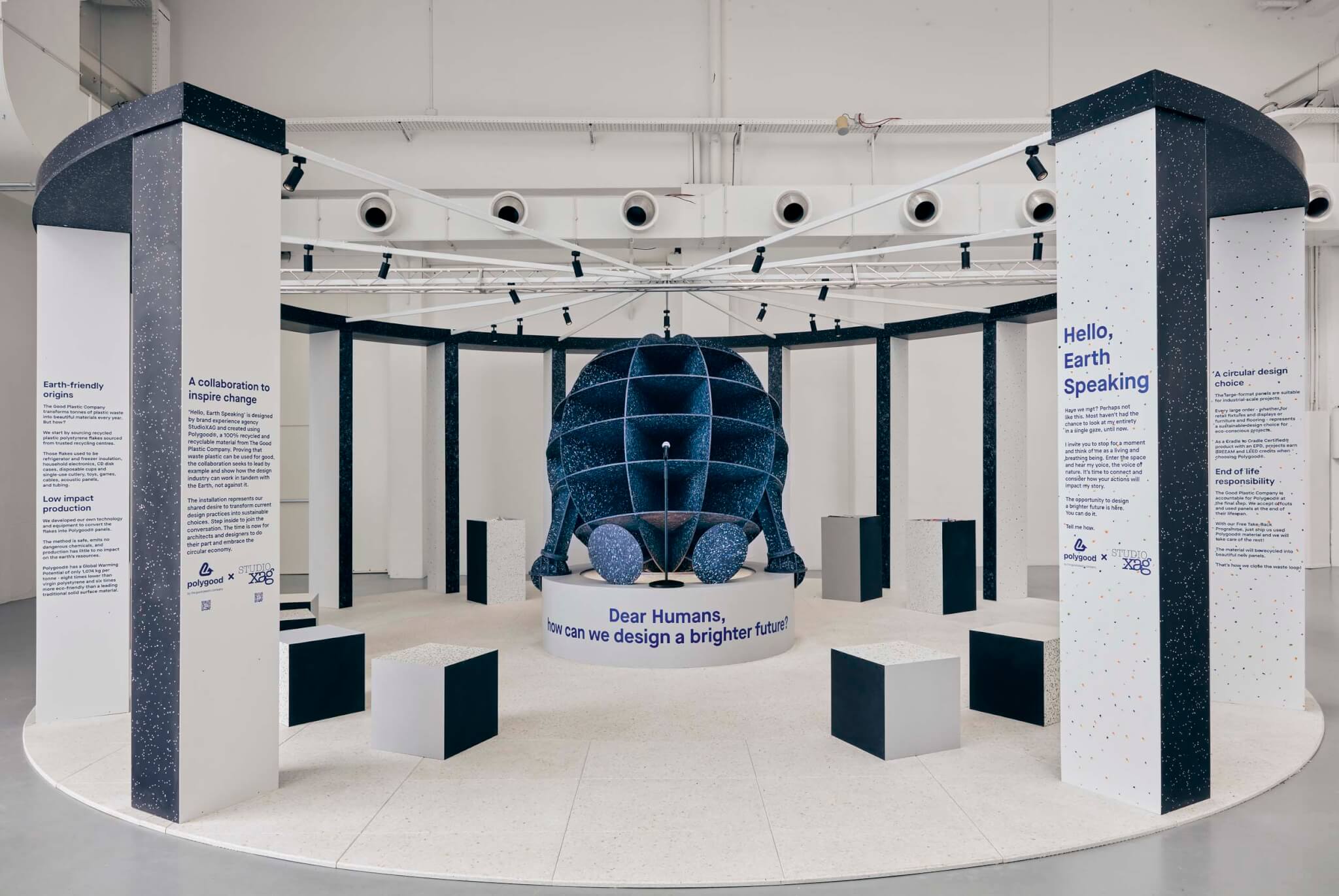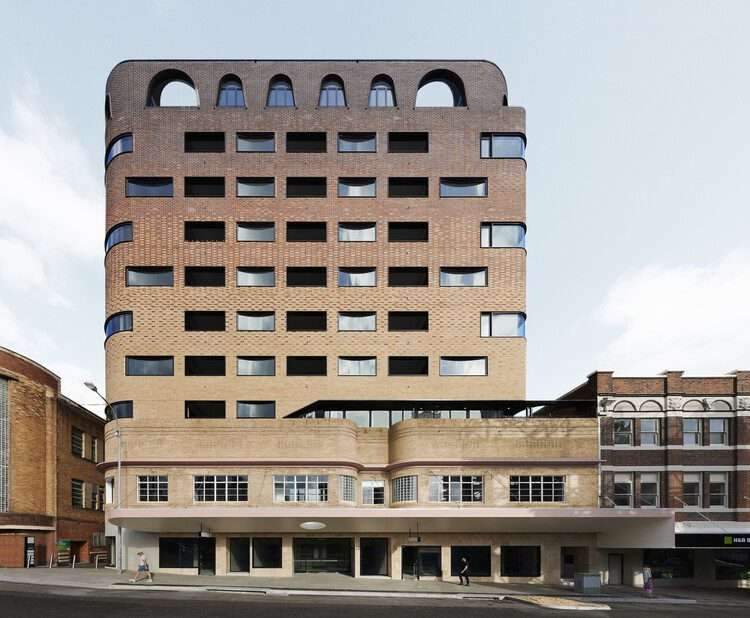The Good Plastic Company turns plastic waste into a range of surfaces. What’s next? Expansion in the U.S.
When Dr. William Chizhovsky founded the Good Plastic Company in 2018, his goal was to produce the world’s most sustainable surface materials. Chizhovsky, born in Ukraine, earned his master’s degree in management from Harvard and then a PhD from Kyiv National Economic University. His background was in IT management, and he had no prior experience in material sciences, but he noticed that “there’s so much greenwashing these days,” Chizhovsky told AN. “Our goal from the beginning was to have real impact.”
The Good Plastic Company’s goal is addressing the 400 million tons of plastic waste that are generated annually worldwide, a phenomenon with disastrous environmental consequences. Today, the company has 76 employees and over 400 clients, including Nike, Adidas, IKEA, McDonald’s, Karl Lagerfeld, Jimmy Fairly, Coach, LUSH, Hyundai, Soho House, Samsung, and BMW. Its business model is simple: Convert plastic waste into decorative materials that high-end brands will want to use in their stores.

Today, the Good Plastic Company has one factory in the Netherlands and more recently opened another in Chizhovsky’s home country: In 2021, after Russia’s full-scale invasion began, Chizhovsky started a new operation at the Bila Tserkva Industrial Park. In both its locations, gigatons of plastic from Germany, France, and other countries are recycled into beautiful, functional items. Detritus like used computer keyboards and bottles that otherwise would have ended up in a landfill or the Pacific Ocean get repurposed for art installations, kitchen countertops, and outdoor lighting, to name a few resulting products.
The Good Plastic Company is Cradle to Cradle Certified, one of the most difficult sustainability certifications to get. “Recycling companies gather so much material, but the problem is figuring out what to do with the materials afterward,” Chizhovsky said. While the products his company produces are beautiful, the real innovation occurs in its business model: “What we first had to do was create economic demand for our products. Once that happened, we could produce more, which made our products more affordable. That’s how we achieved scalability,” Chizhovsky said. “Most surface-materials companies think like architects and designers, not economists.”

In its research, the company found that 70 percent of a product’s life cycle costs and footprint is determined during the design phase. Thus, for Chizhovsky, “sustainable design really starts at the moment of specification,” he said. Despite its environmental consciousness, the materials the company produces never compromise on aesthetics. The surfaces could easily be confused with luxury, polychromatic terrazzo that architects from the Memphis School could have specified. Its flagship product, Polygood®, is made of 100 percent recycled and recyclable plastic panels. The product is used by world-renowned designers for making environmentally conscious furniture.
During Milan Design Week 2024, The Good Plastic Company debuted an installation titled Hello, Earth Speaking, which introduced consumers to its process. Looking ahead, Chizhovsky hopes to build a factory in the U.S. next year. The CEO also hopes to help sustainably rebuild Ukraine once the war ends. “Our factory in Ukraine is 1 kilometer from the Romanian border,” he said. “Countries around the world emphasize how important it is to rebuild Ukraine as sustainably as possible. We hope to be part of that solution.”




